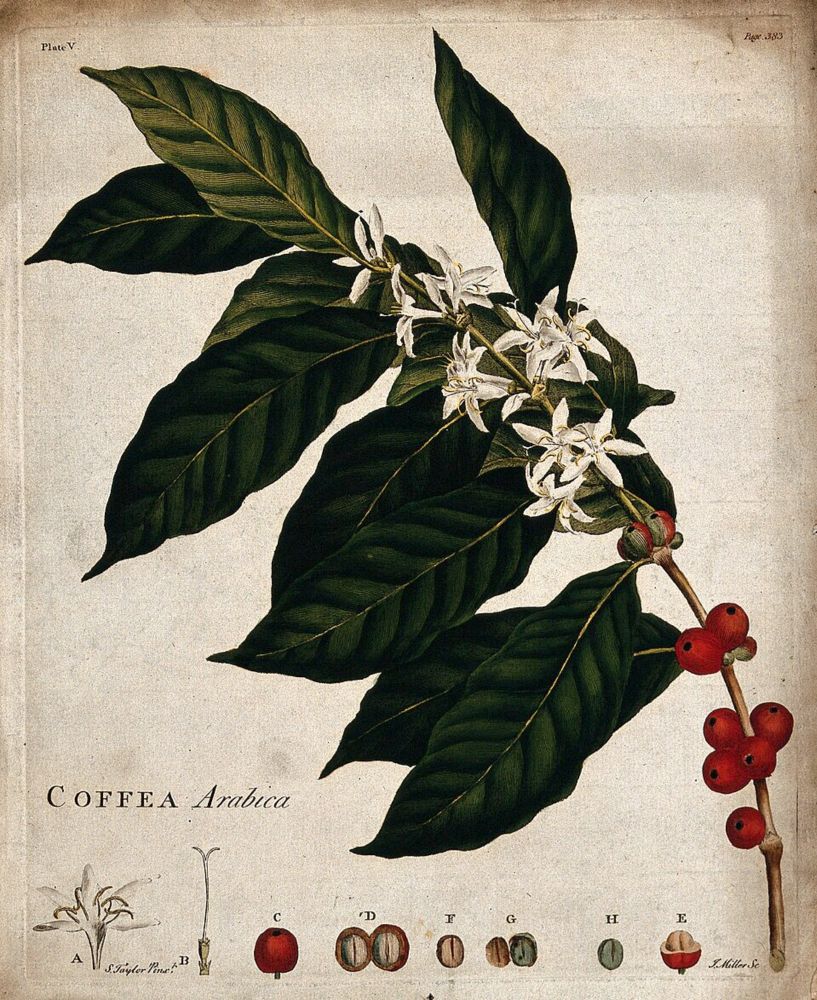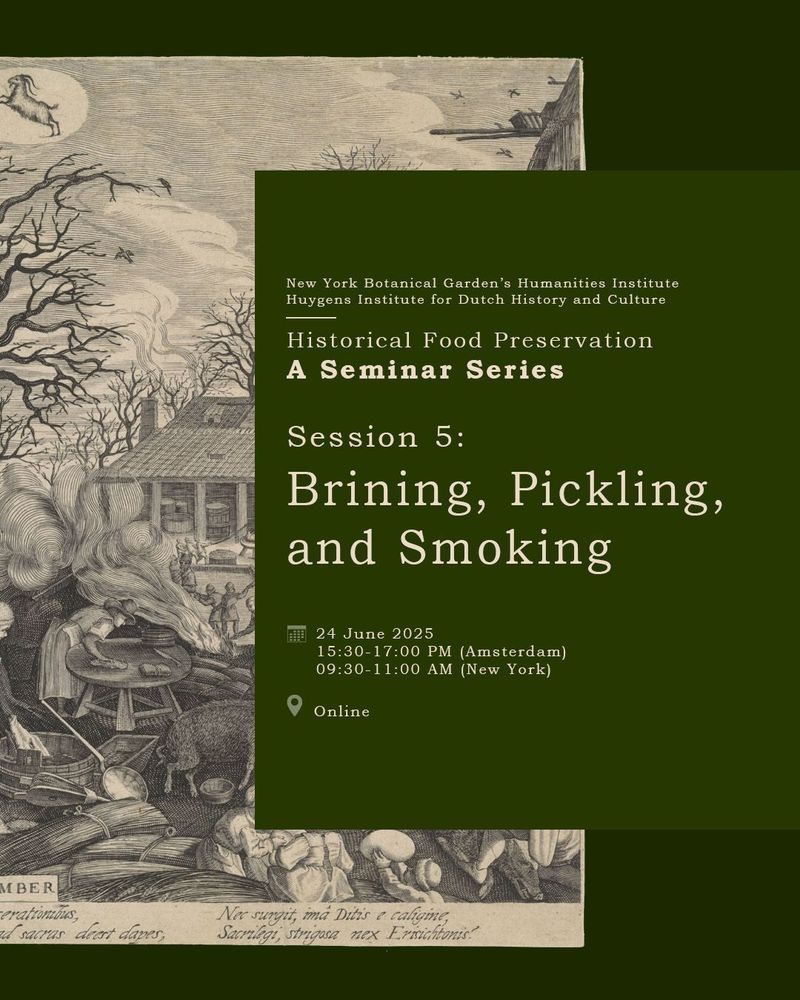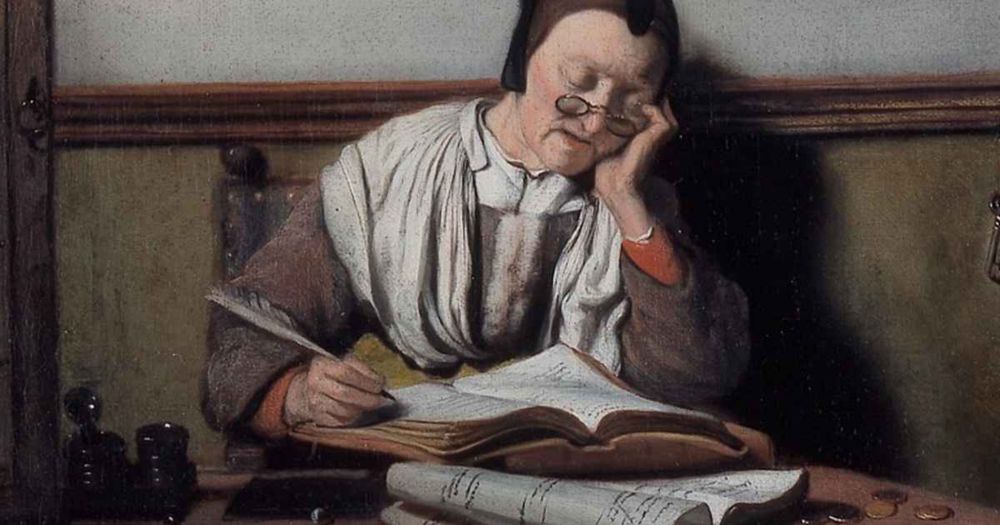Fascinating! This reminds me of other aesthetic borders in seventeenth-century albums that also have an amalgamation of (copied) images, albeit done very differently.
25.06.2025 14:52 — 👍 1 🔁 0 💬 0 📌 0
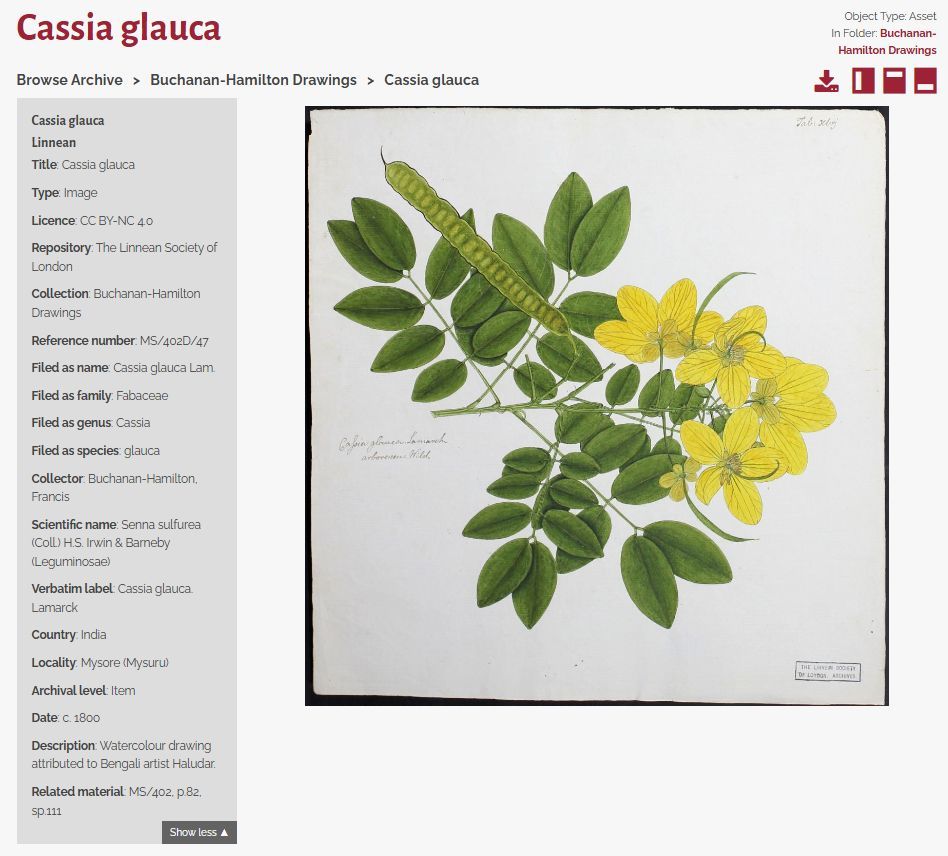
The Linnean Online entry 'Cassia glauca' part of the Buchanan-Hamilton Drawings collection. It shows a drawing of yellow flowers on a stem with small, light green leaves and a single pea pod, with metadata on the left-hand side.
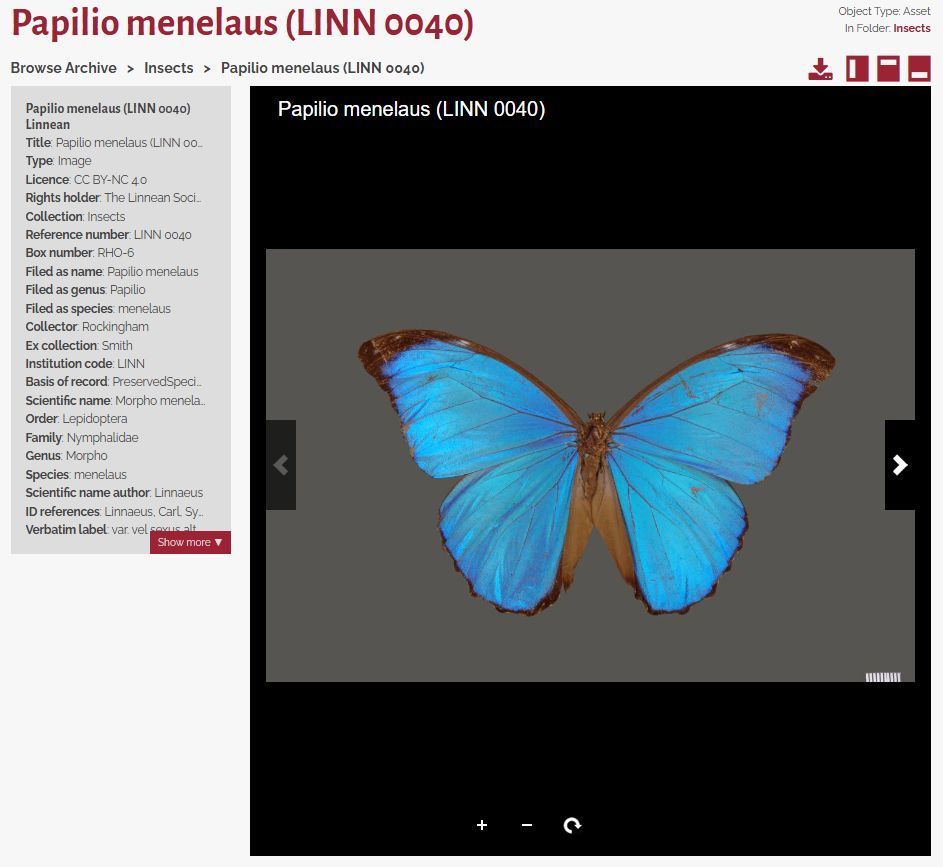
The Linnean Online entry 'Papilio menelaus' part of the Insect specimen collection. It shows a blue butterfly, with metadata on the left-hand side.
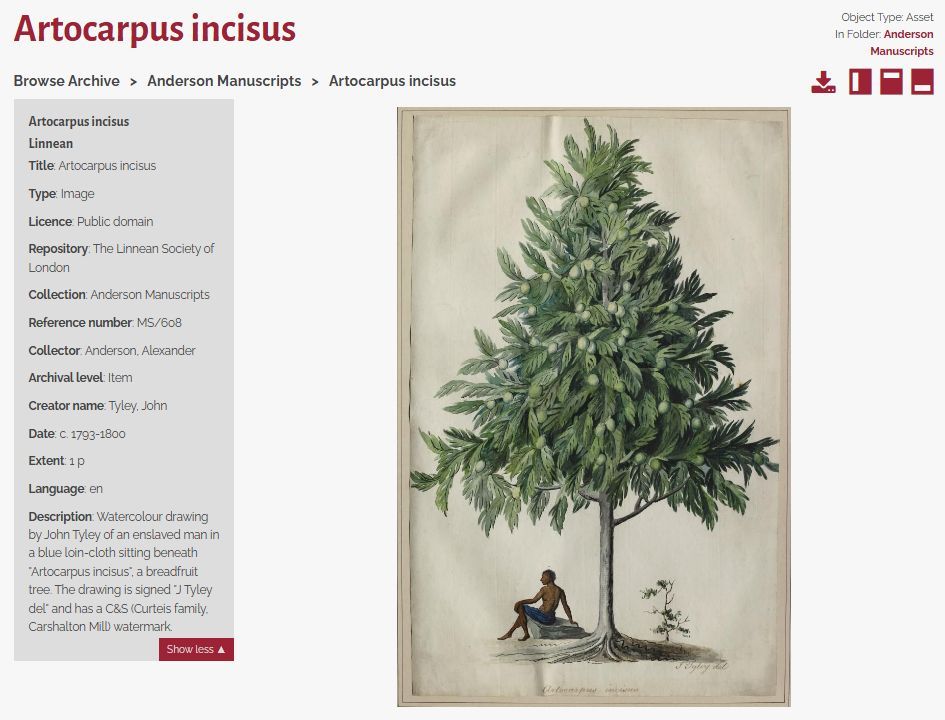
The Linnean Online entry 'Artocarpus incisus' part of the Anderson Manuscripts collection. It shows a Triangular shaped tree with a man in blue shorts sitting in a relaxed posture underneath, with metadata on the left-hand side.
June's Treasure of the Month is our new digitised collections - Linnean Online.
The platform makes images of our herbaria, specimen and manuscript collections available for researchers around the world. It will also allow us to grow this important resource in the future.
Read more: buff.ly/8E3OiOT
25.06.2025 11:02 — 👍 53 🔁 21 💬 0 📌 1
This is so interesting! Do you know if the images were reproduced through intaglio printing?
25.06.2025 10:37 — 👍 1 🔁 0 💬 1 📌 0
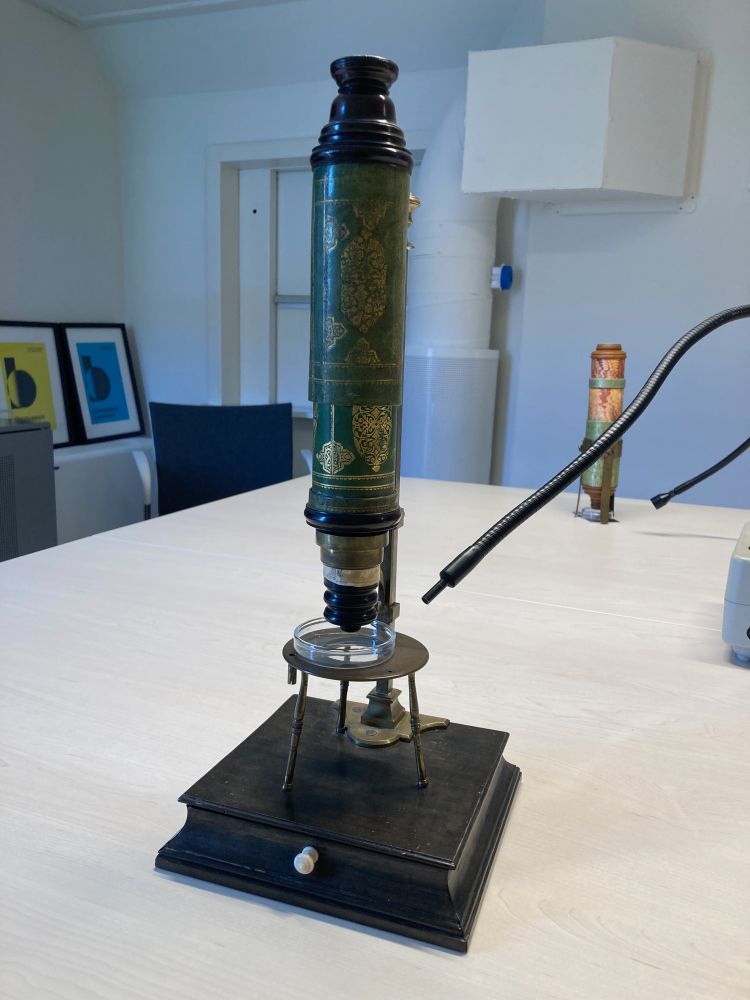
Photo with a microscope attributed to John Marshall as the maker in the front and a microscope made by Giuseppe Campani in the back.
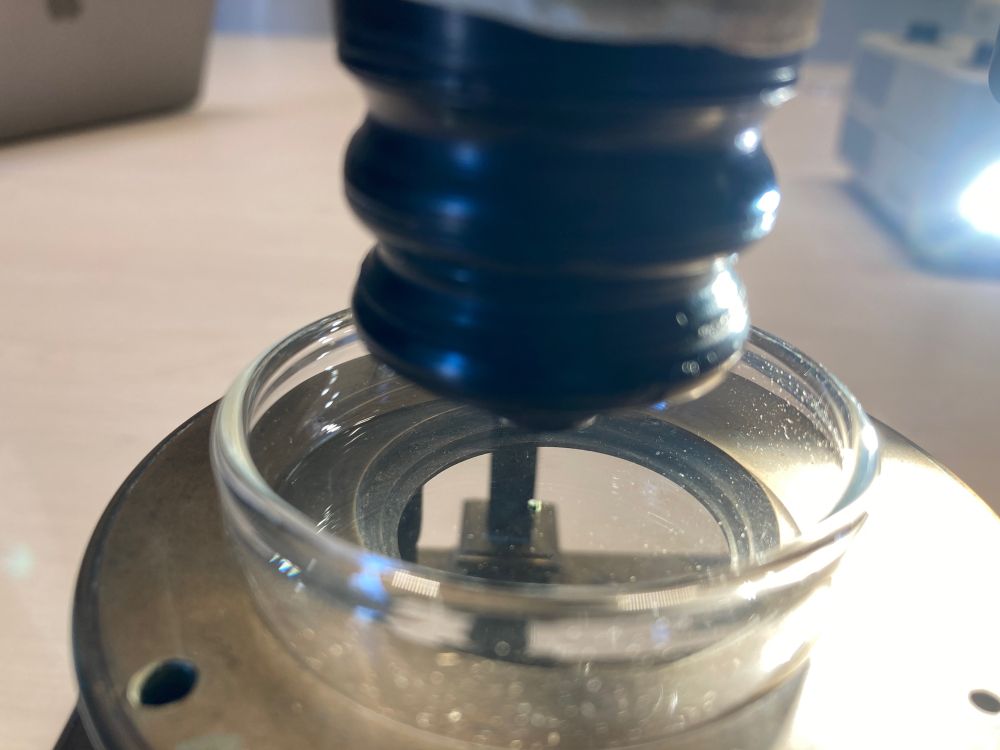
A tiny slice of a dandelion stem under on a petri dish under the lens.
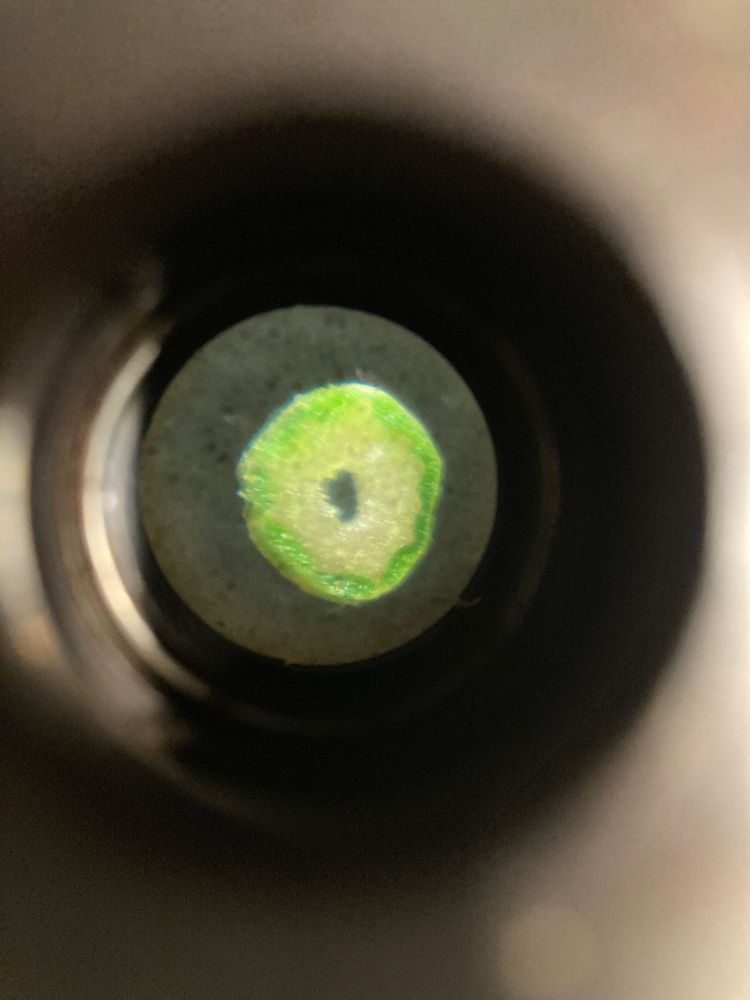
Magnified view of the dandelion stem slice when it was hydrated, showing vibrant greens in coloration.
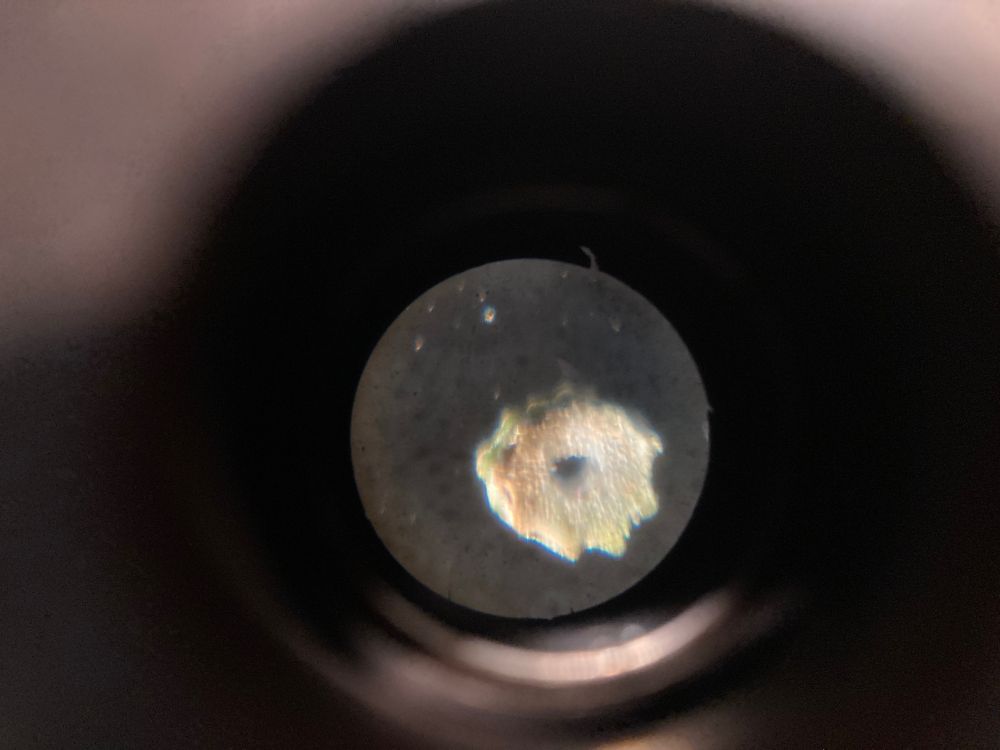
Magnified view of the dandelion stem slice when it was almost dried, becoming more shriveled in form and brown in coloration.
Back to the #MuseumBoerhaave to work with two rare compound microscopes from the 17th-c., one made by Giuseppe Campani and another attributed to John Marshall as the maker. So many new thoughts emerged from observing how colors and form changed under the lenses. #VisualizingTheUnknown #histsci
23.06.2025 18:17 — 👍 9 🔁 2 💬 0 📌 0
Thank you, Bryony!
18.06.2025 16:12 — 👍 1 🔁 0 💬 0 📌 0
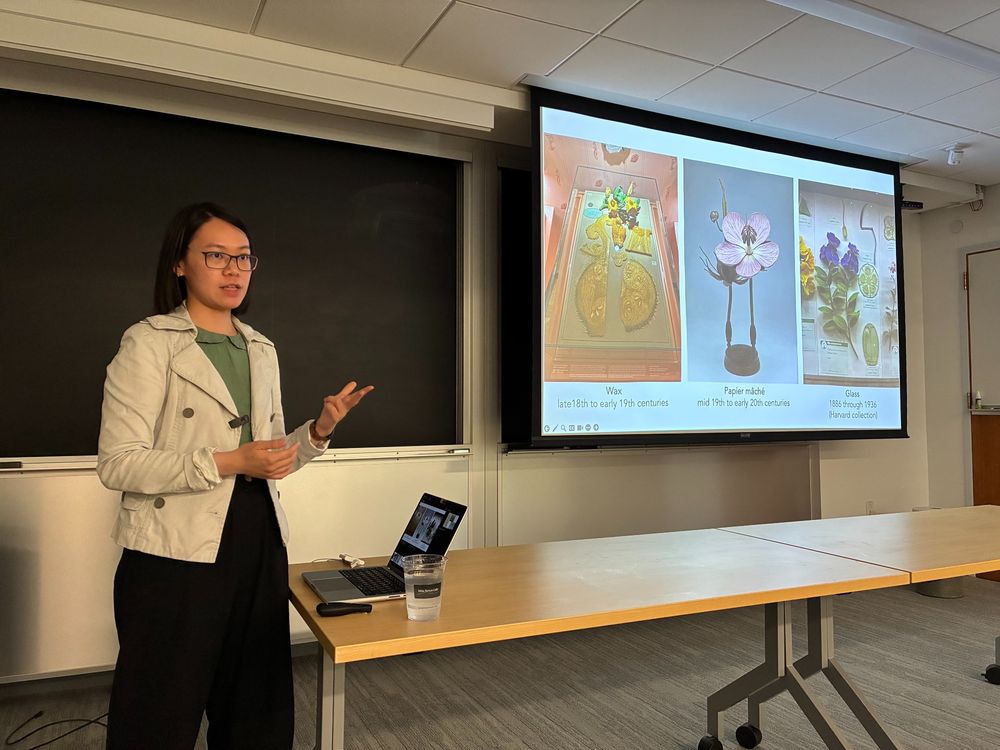
Photo of Jessie giving a talk.
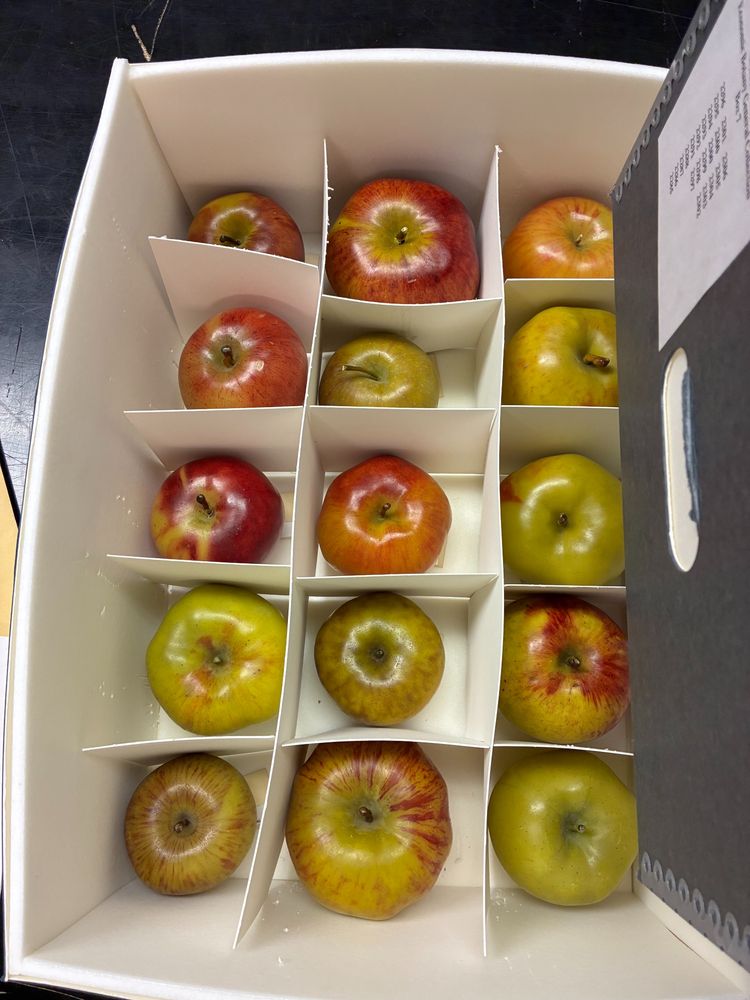
A box of fifteen wax apples of various sizes and colors.
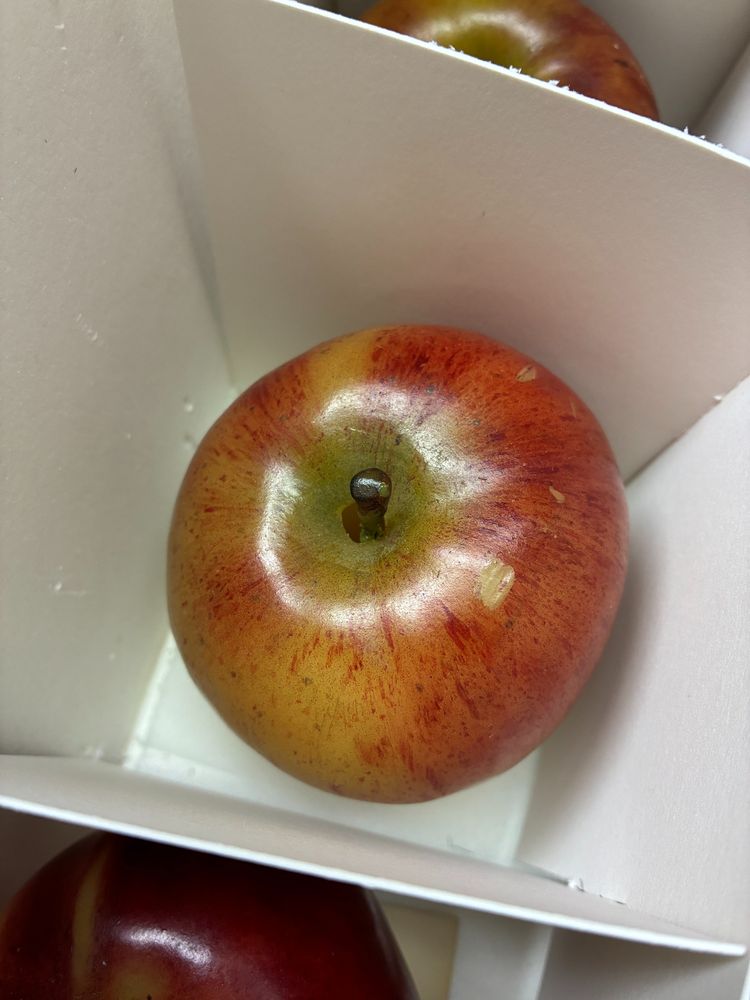
Close-up of a red wax apple.
Last highlight was a lunch talk at the uni. Herbaria to share my current research. So happy to see many interested people; the room was pretty packed. Got a bonus tour to more items at the Herbaria afterwards, including some stunning wax fruit from early 20th-c Japan from economic botany collection!
18.06.2025 15:37 — 👍 2 🔁 0 💬 0 📌 0
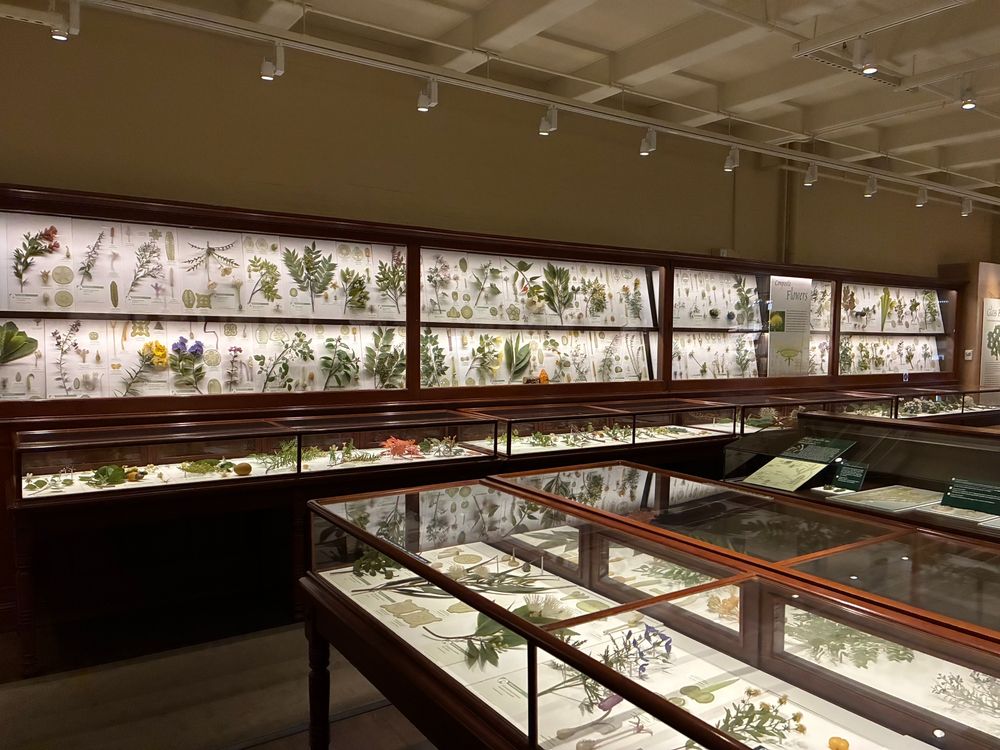
Display cases in the glass flower room at the Harvard Museum of Natural History.
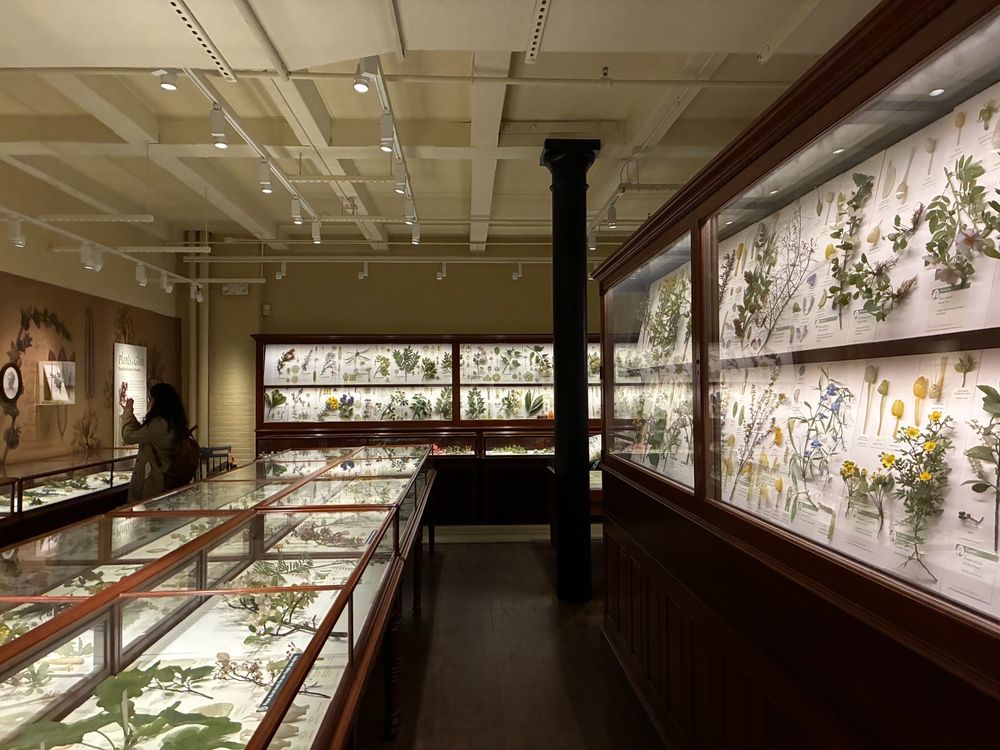
Display cases in the glass flower room at the Harvard Museum of Natural History.
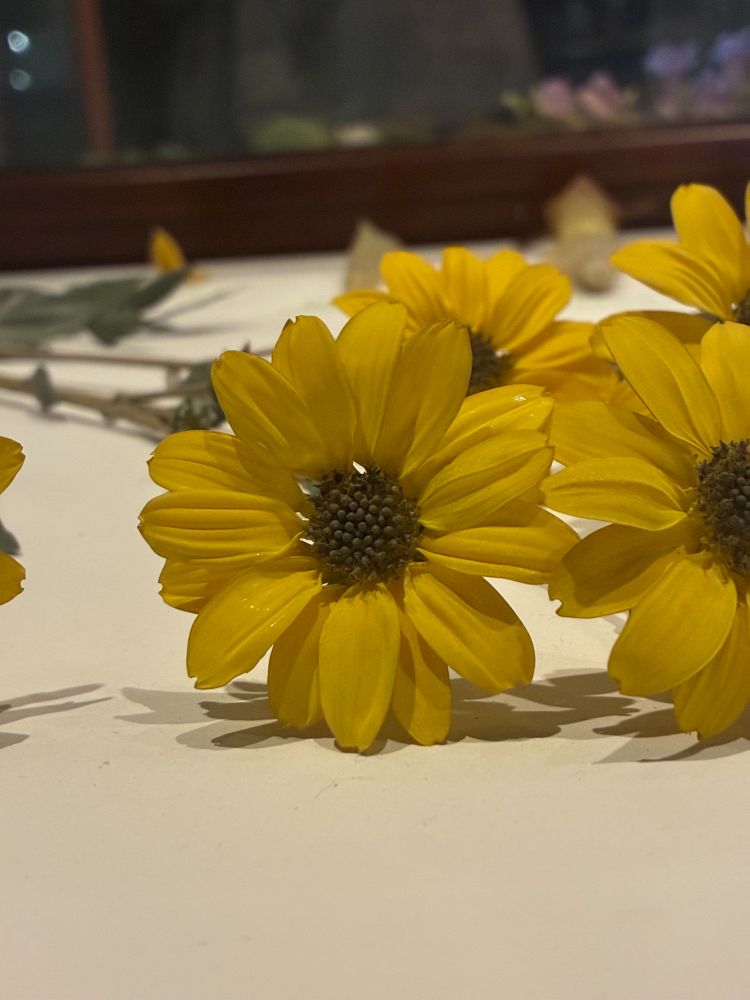
Glass model of the Encelia californica (California Brittlebush).
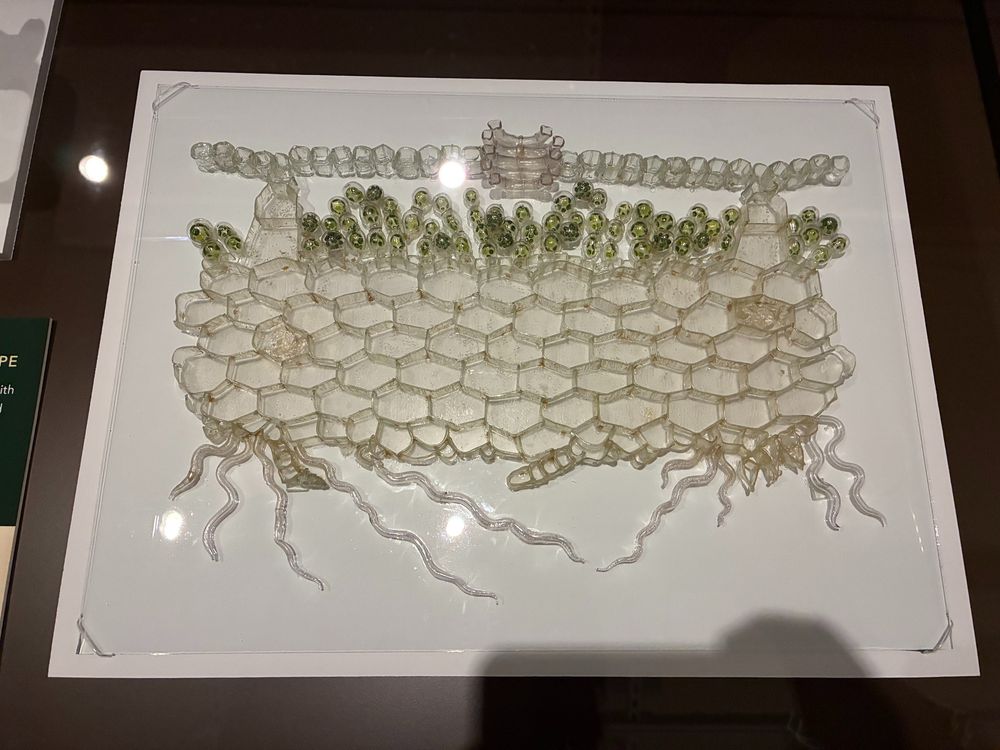
Glass model of the development of Marchantia polymorpha, a kind of liverwort.
Another major event was studying the famous Blaschka glass flowers on site. It was amazing to examine these incredible models in person, together with the collection manager & conservator. I also got to spend some time in the archive consulting some historical documents on the glass flowers.
18.06.2025 15:37 — 👍 2 🔁 0 💬 1 📌 0
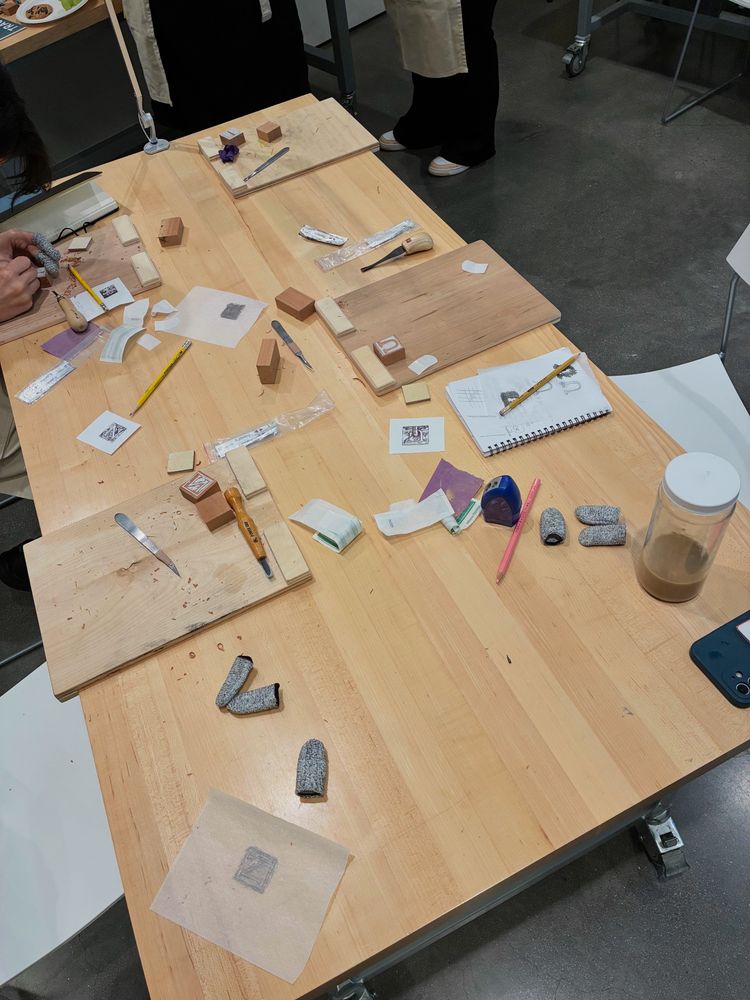
Work stations for sixteenth-century woodcutting experiments.
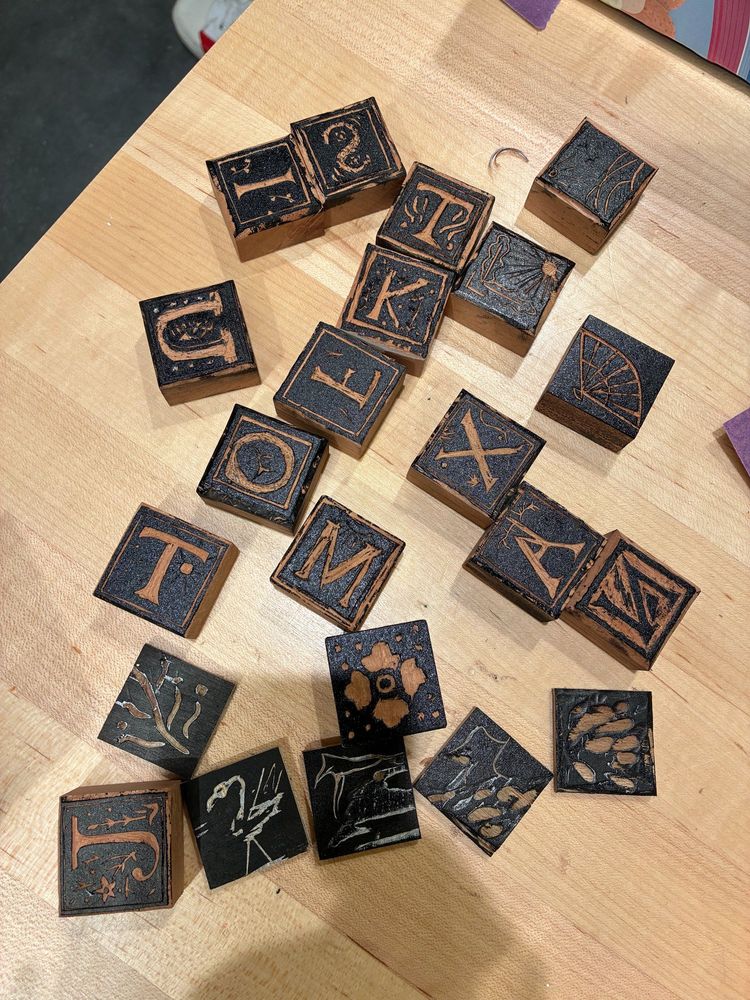
22 inked woodblocks carrying various letters from the alphabet and other images.
Students then tried their hands at woodcutting in the 16th-c. manner. Several students liked the technique so much that they returned for more woodcutting the following week during their free experiment times!
18.06.2025 15:37 — 👍 1 🔁 0 💬 1 📌 0
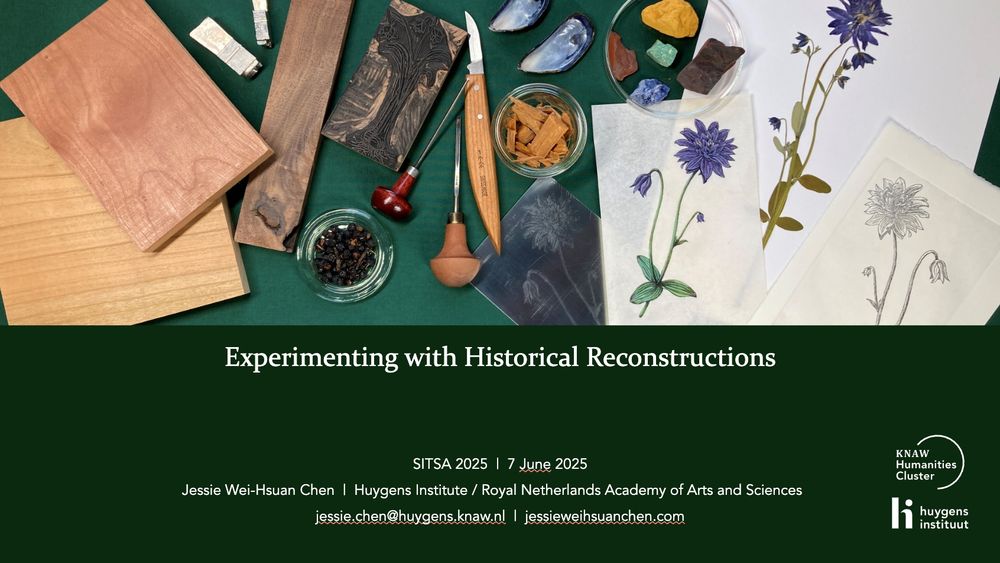
A slide showing, on the top half, a photo of an arrangement of art materials and images made in several mediums, and, on the bottom half, the title of the presentation, "Experimenting with Historical Reconstruction".
I visited Harvard Uni. the past two weeks. A major event was giving a workshop for the Summer Institute for Technical Studies in Art @ Art Museums. For the theme Experiment, I showed how I incorporate historical reconstruction/hands-on research in my past/present projects & the related experiments.
18.06.2025 15:37 — 👍 8 🔁 2 💬 2 📌 0
HUH Seminar - Jessie Wei-Hsuan Chen | Harvard University Herbaria & Libraries
Looking forward to sharing some work-in-progress of my new research at the Harvard University Herbaria & Libraries! Feel free to join us if you are in the Cambridge/Boston, MA, area.
03.06.2025 19:28 — 👍 2 🔁 0 💬 0 📌 0
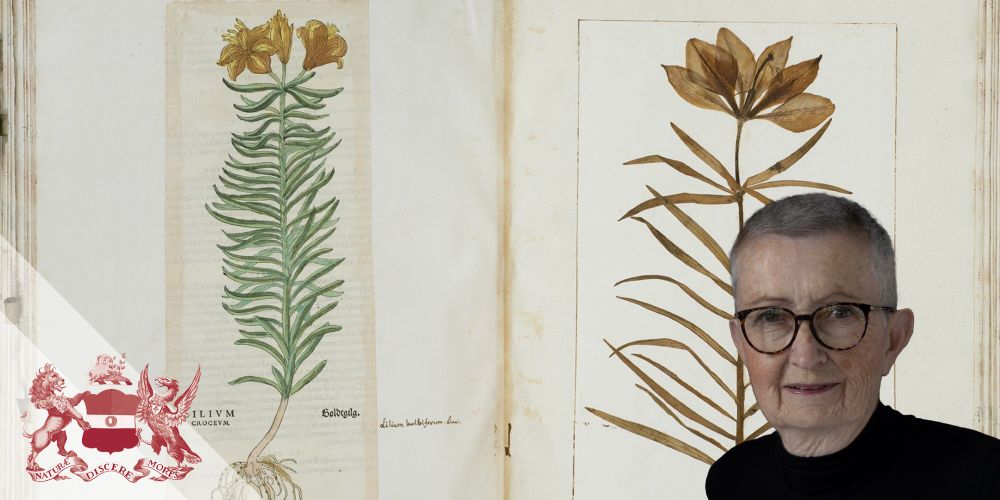
Browse preserved plant specimen collections to travel through history, exploring millennia of botanical experience.
Herbaria may look like “plant mummies,” but they’re full of life and meaning. Join us this Thursday at 6pm to hear Maura Flannery share why they matter.
Book here: bit.ly/3RZDUhy
12.05.2025 16:54 — 👍 39 🔁 12 💬 0 📌 0
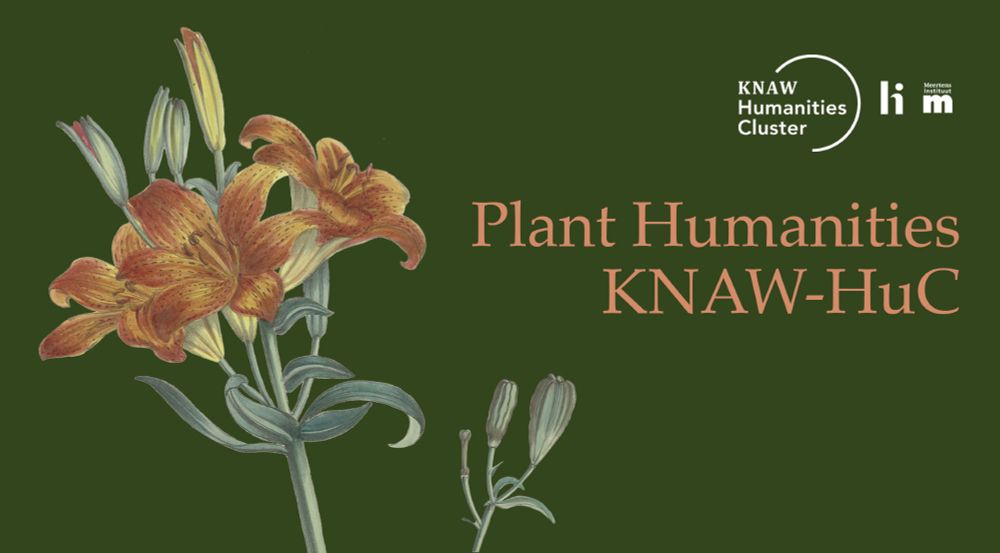
Banner image for the Plant Humanities KNAW-Huc, featuring an orange daylily in front of a green background.
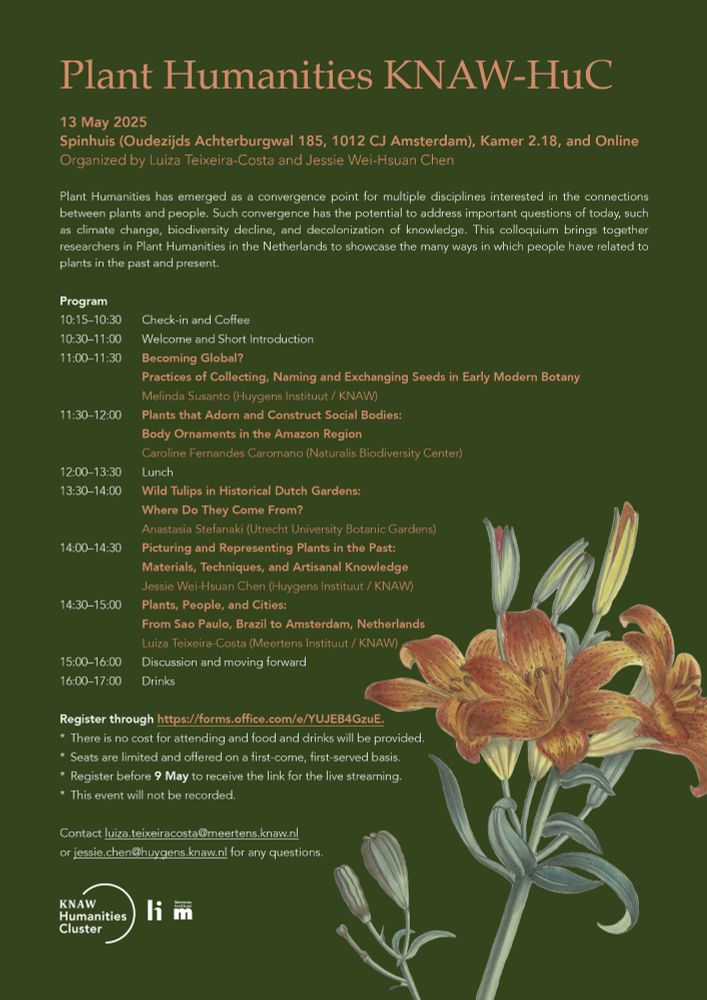
Poster for the Plant Humanities KNAW-HuC.
Description on the poster: Plant Humanities has emerged as a convergence point for multiple disciplines interested in the connections between plants and people. Such convergence has the potential to address important questions of today, such as climate change, biodiversity decline, and decolonization of knowledge. This colloquium brings together researchers in Plant Humanities in the Netherlands to showcase the many ways in which people have related to plants in the past and present.
Program: 10:15–10:30, Check-in and Coffee; 10:30–11:00, Welcome and Short Introduction; 11:00–11:30, Becoming Global? Practices of Collecting, Naming and Exchanging Seeds in Early Modern Botany by Melinda Susanto (Huygens Instituut / KNAW); 11:30–12:00, Plants that Adorn and Construct Social Bodies: Body Ornaments in the Amazon Region by Caroline Fernandes Caromano (Naturalis Biodiversity Center), 12:00–13:30, Lunch; 13:30–14:00, Wild Tulips in Historical Dutch Gardens: Where Do They Come From? by Anastasia Stefanaki (Utrecht University Botanic Gardens); 14:00–14:30, Picturing and Representing Plants in the Past: Materials, Techniques, and Artisanal Knowledge by Jessie Wei-Hsuan Chen (Huygens Instituut / KNAW); 14:30–15:00, Plants, People, and Cities: From Sao Paulo, Brazil to Amsterdam, Netherlands by Luiza Teixeira-Costa (Meertens Instituut / KNAW); 15:00–16:00, Discussion and moving forward; 16:00–17:00, Drinks.
Additional info: Seats are limited and offered on a first-come, first-served basis; Register before 9 May to receive the link to the live streaming; This event will not be recorded.
@l-teixeiracosta.bsky.social & I are excited to see many have signed up. There are still seats left, so register if you would like to join us for the #PlantHumanities Colloquium at @meertens-knaw.bsky.social / @huygensknaw.bsky.social, or online!
Register through forms.office.com/e/YUJEB4GzuE.
01.05.2025 13:26 — 👍 7 🔁 3 💬 0 📌 0
@sietskefransen.bsky.social neemt deze week de account @historicivertellen.bsky.social over. Zij vertelde gisteren iets over onze #VisualizingTheUnknown project. Kijk eens!
01.05.2025 08:42 — 👍 2 🔁 0 💬 0 📌 0
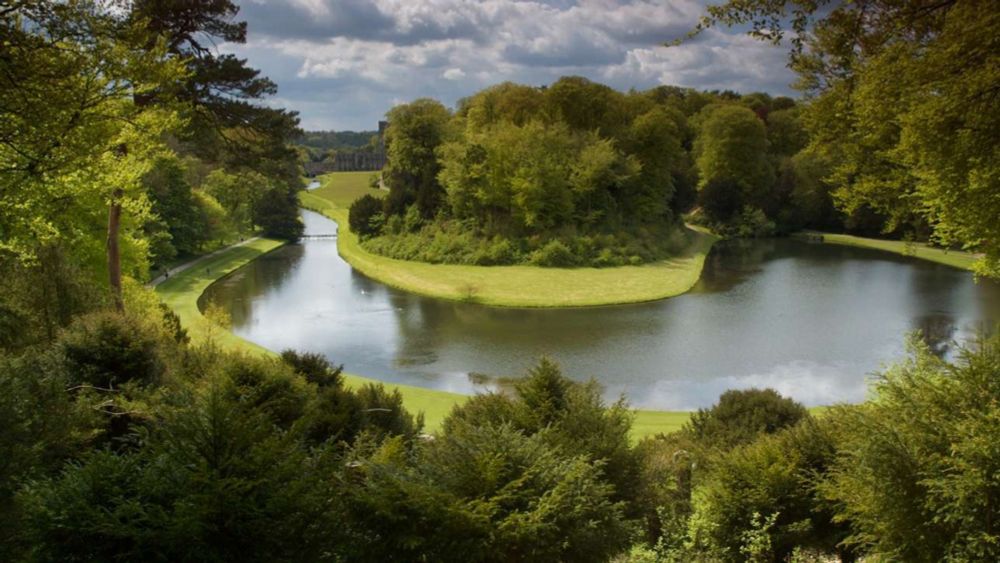
Motifs, policies, and functions in East and Southeast Asia: "green space" as a travelling concept
We are delighted to announce our programme for the Spring/Summer term 2025. Our first seminar will be Ian Mell's paper 'Motifs, Policies, and Functions in East and Southeast Asia: "green space" as a travelling concept', on 1st May 2025: @ihr.bsky.social
www.history.ac.uk/events/motif...
25.04.2025 12:16 — 👍 7 🔁 3 💬 0 📌 0
The Biodiversity Heritage Library has been a really important resource for my research! Thank you the Smithsonian for hosting this vital site for the past 20 years and hope that the BHL can find a new home soon. #ILoveBHL #OpenAccess
25.04.2025 09:04 — 👍 18 🔁 5 💬 0 📌 0

Poster for the Plant Humanities KNAW-HuC.
Description on the poster: Plant Humanities has emerged as a convergence point for multiple disciplines interested in the connections between plants and people. Such convergence has the potential to address important questions of today, such as climate change, biodiversity decline, and decolonization of knowledge. This colloquium brings together researchers in Plant Humanities in the Netherlands to showcase the many ways in which people have related to plants in the past and present.
Program: 10:15–10:30, Check-in and Coffee; 10:30–11:00, Welcome and Short Introduction; 11:00–11:30, Becoming Global? Practices of Collecting, Naming and Exchanging Seeds in Early Modern Botany by Melinda Susanto (Huygens Instituut / KNAW); 11:30–12:00, Plants that Adorn and Construct Social Bodies: Body Ornaments in the Amazon Region by Caroline Fernandes Caromano (Naturalis Biodiversity Center), 12:00–13:30, Lunch; 13:30–14:00, Wild Tulips in Historical Dutch Gardens: Where Do They Come From? by Anastasia Stefanaki (Utrecht University Botanic Gardens); 14:00–14:30, Picturing and Representing Plants in the Past: Materials, Techniques, and Artisanal Knowledge by Jessie Wei-Hsuan Chen (Huygens Instituut / KNAW); 14:30–15:00, Plants, People, and Cities: From Sao Paulo, Brazil to Amsterdam, Netherlands by Luiza Teixeira-Costa (Meertens Instituut / KNAW); 15:00–16:00, Discussion and moving forward; 16:00–17:00, Drinks.
Additional info: Seats are limited and offered on a first-come, first-served basis; Register before 9 May to receive the link to the live streaming; This event will not be recorded.
Want to learn more about the exciting research in #PlantHumanities in the Netherlands? Then join us on 13 May at the Spinhuis in Amsterdam or online!
Register through forms.office.com/e/YUJEB4GzuE before 9 May. Please share!
24.04.2025 13:15 — 👍 6 🔁 3 💬 0 📌 0
I am very thrilled and very intimidated to be speaking at the Linnean Society!
18.04.2025 22:06 — 👍 6 🔁 3 💬 0 📌 0
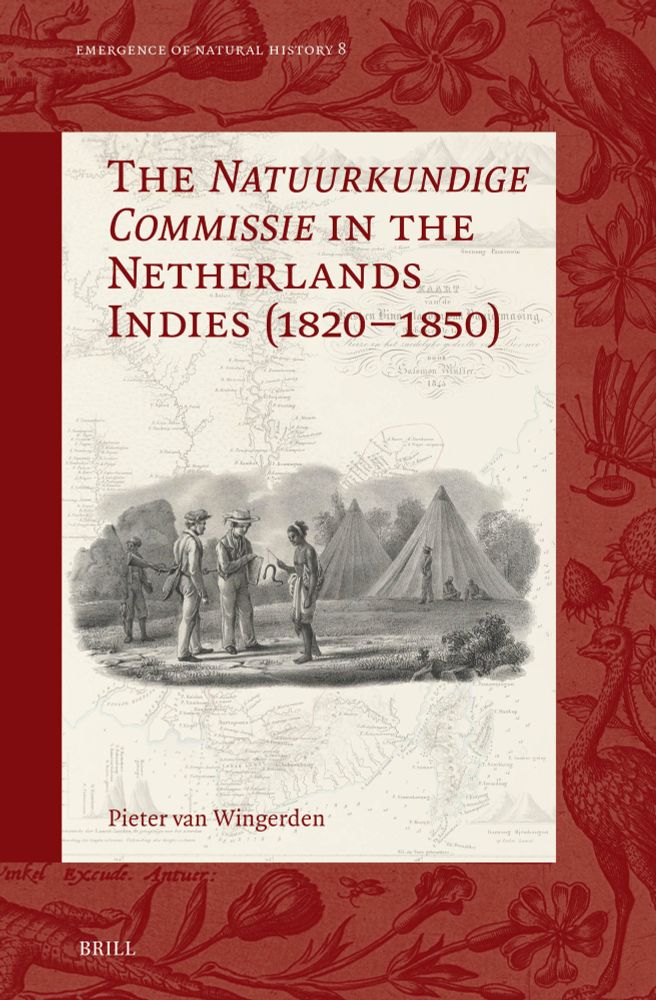
The <i>Natuurkundige Commissie</i> in the Netherlands Indies (1820–1850)
"The <i>Natuurkundige Commissie</i> in the Netherlands Indies (1820–1850)" published on 14 Apr 2025 by Brill.
Our „Emergence of Natural History“ series @degruyterbrill.bsky.social is growing! The latest volume was just published: Pieter van Wingerden's fascinating account of "The Natuurkundige Commissie in the Netherlands Indies (1820–1850)."
Please get in touch if you have a #HistNatHist book proposal.
17.04.2025 13:51 — 👍 19 🔁 8 💬 1 📌 0
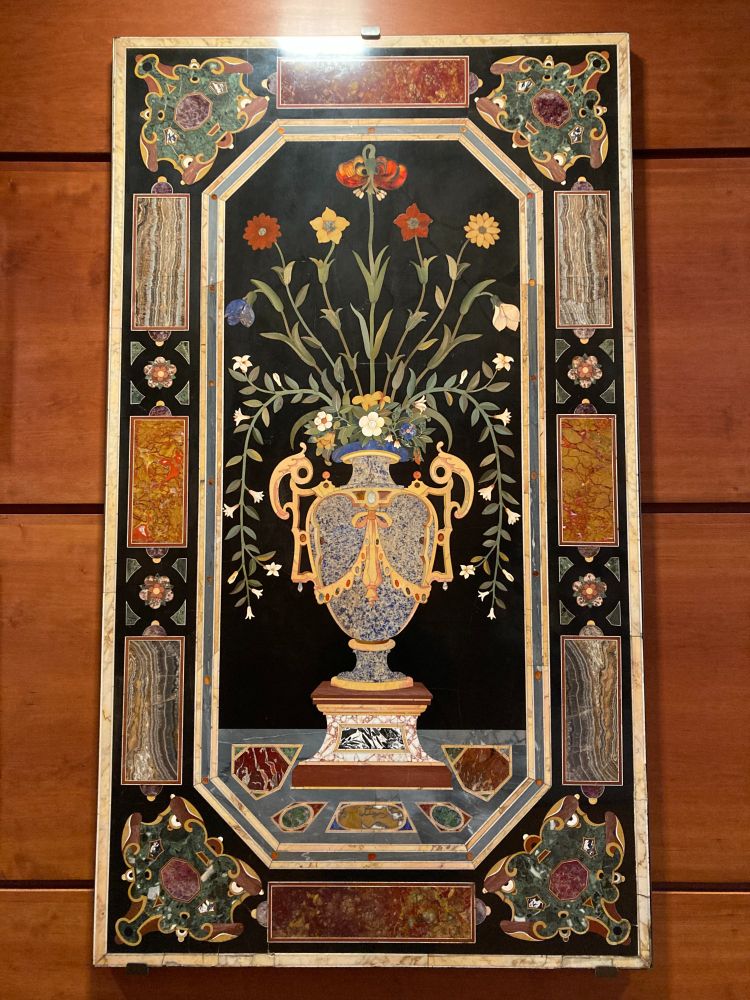
Photo of a stone painting featuring a bouquet in a vase in the center, surrounded by a border with a geometric pattern.
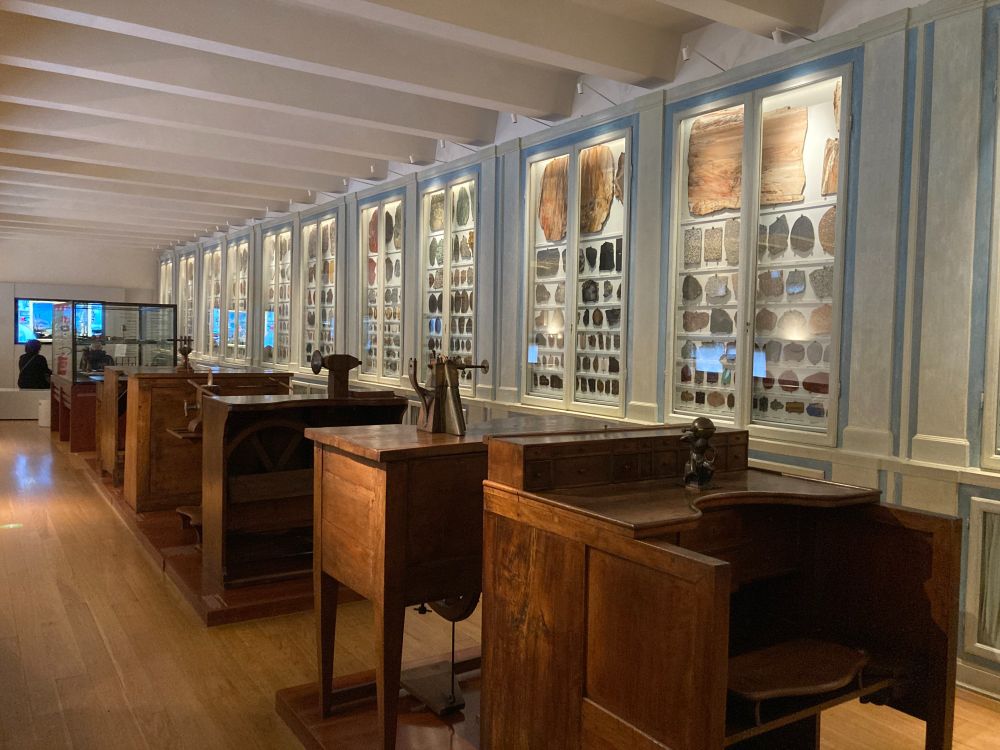
Photo of a section of the museum, showing historical workstations for cutting, grinding, and polishing stones, with a wall-to-wall display of different kinds of precious stones used for pietre dure in the background.
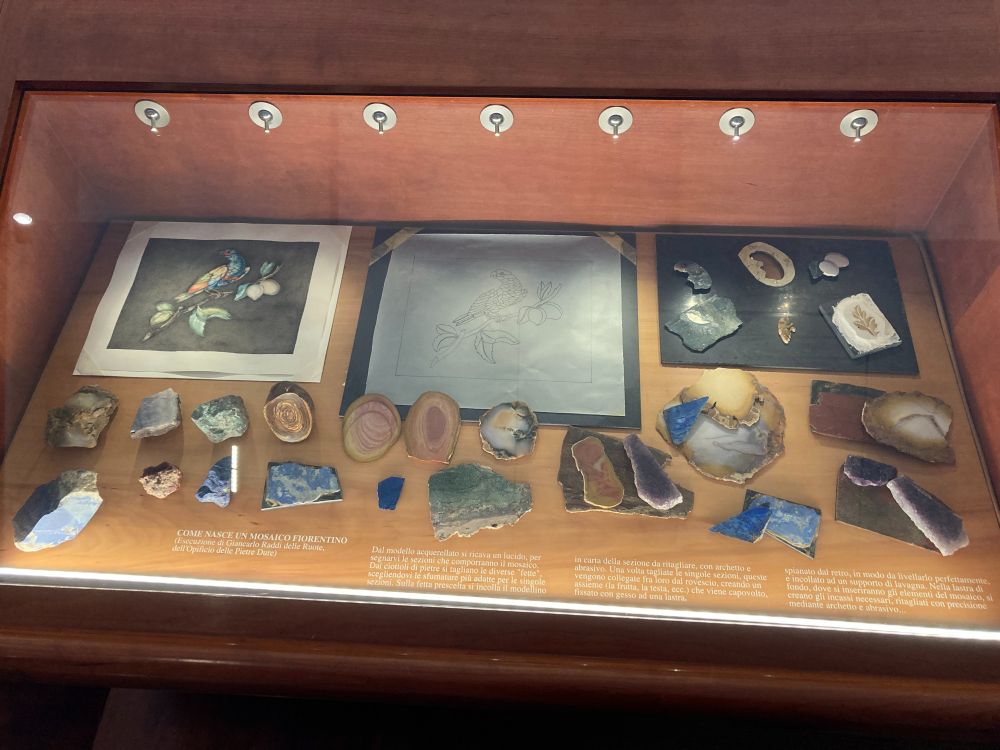
Photo of a display case that shows the different stages of making a pietra dure, including the initial watercolor, model drawing for transfer, small sections of stones that are joined to create part of the image, and different kinds of stones as the color palette.
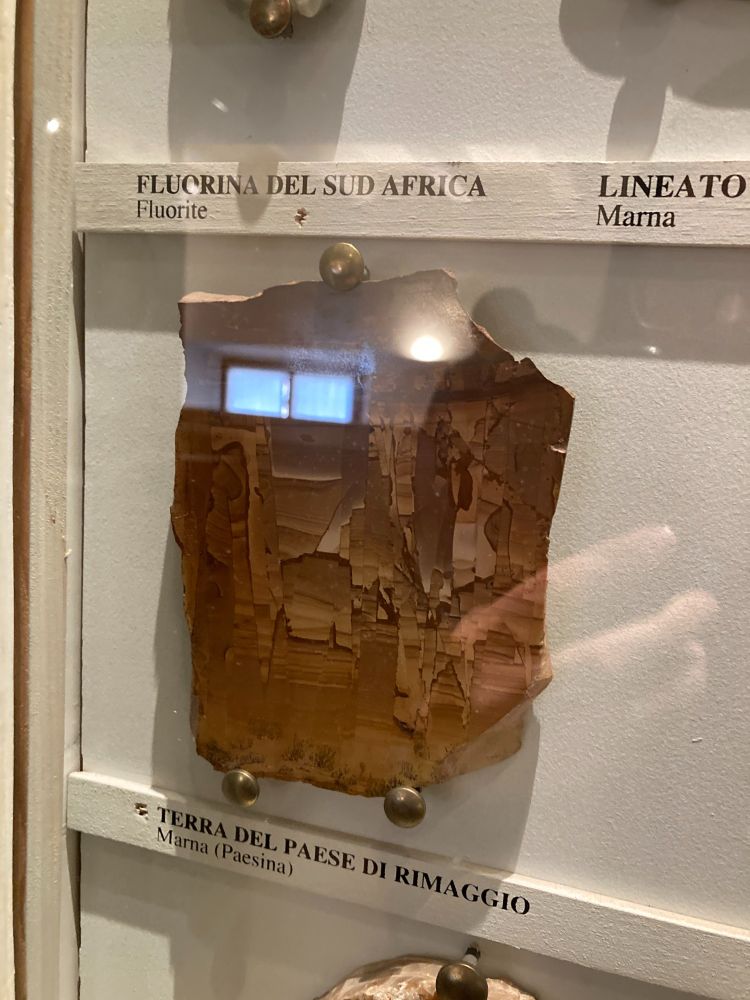
Photo of a piece of the Terra del Paese di Rimaggio, or Marna (Paesina).
Took students of NIKI/Huygens course "From Leonardo to Steno" to the Opificio delle Pietre Dure last Friday. Excellent collection for discussing early modern art, science, & material practices and for exercising looking closely by drawing textures. We were amazed by the incredible stone paintings!
07.04.2025 17:01 — 👍 3 🔁 0 💬 0 📌 0

Photo of many wax botanical models in pots on display. The models are in life-size to the modeled plants. The walls and display shelves are painted in green.
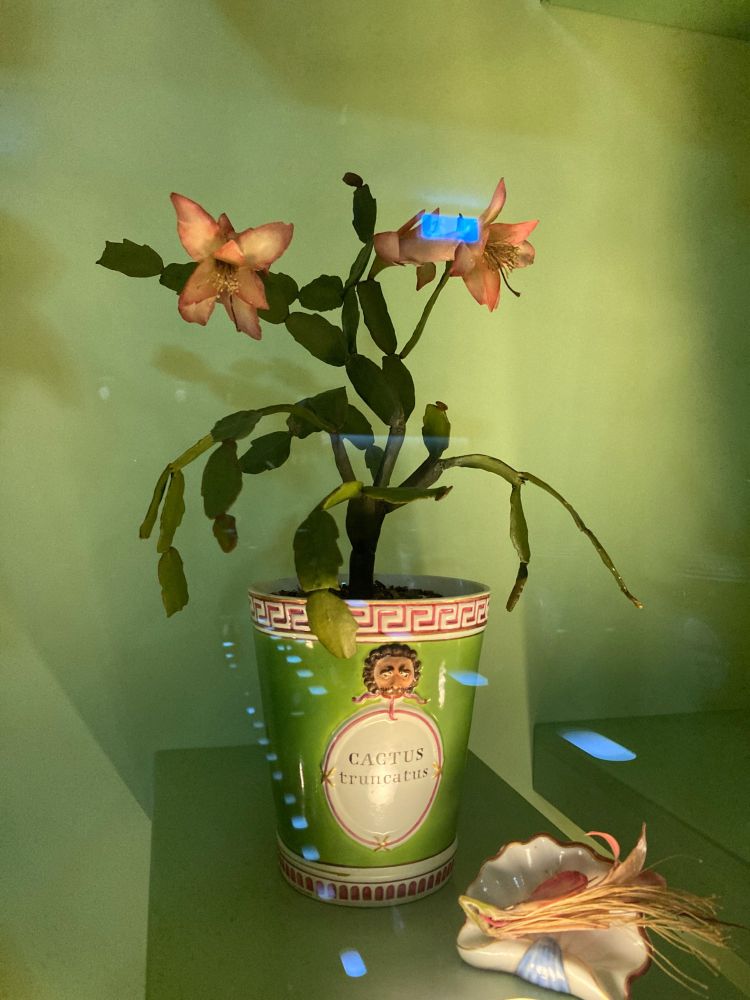
Photo showing the wax botanical model of "Cactus truncastus" in front of a green wall. The plant is placed in a pot with an oval cartouche that shows the name of the plant, as known in the eighteenth century. Next to the pot (to the bottom right of the picture plane) is a small wax model showing the flower head that is cut in half and placed on a ceramic dish shaped like a seashell.
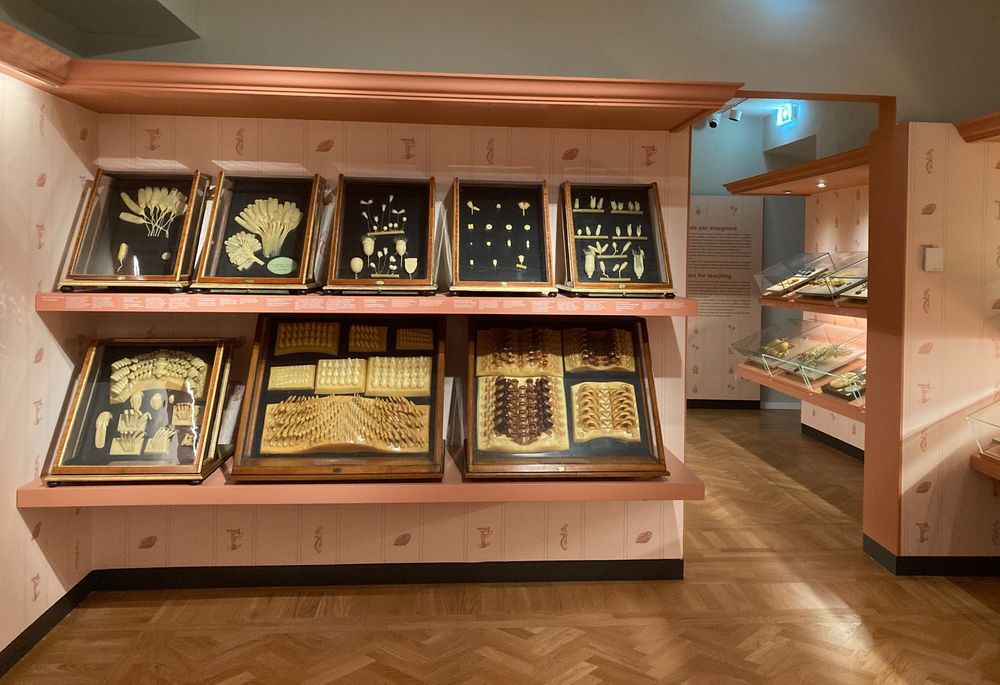
Photo of wax models of plant anatomy displayed on shelves. The walls have pink wallpaper and the shelves are also painted pink.
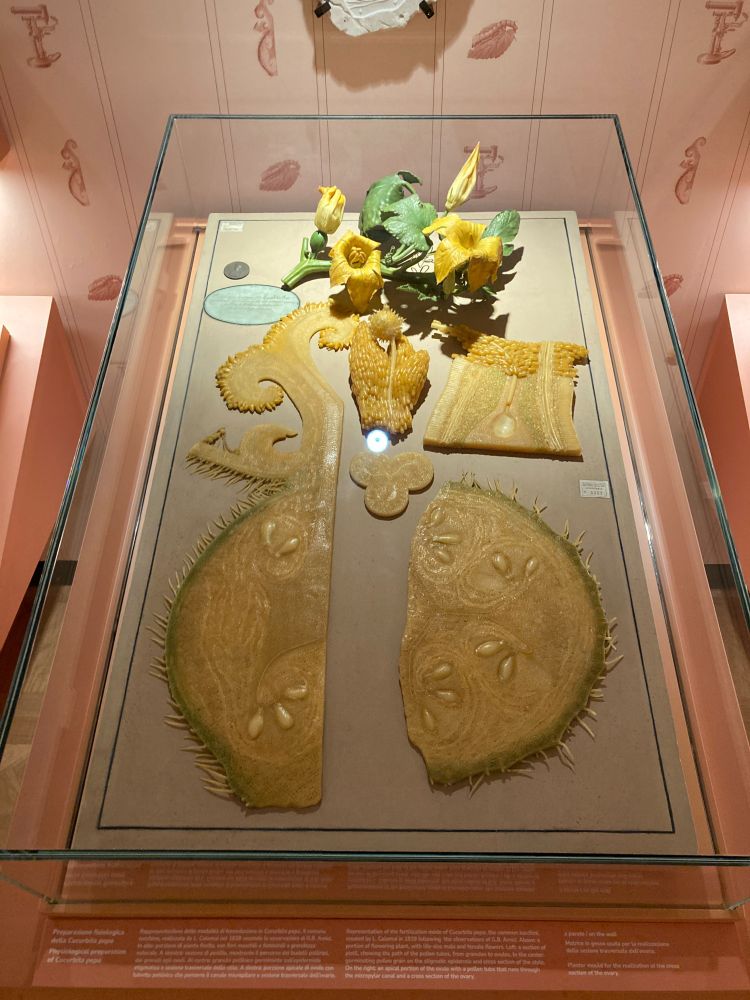
Photo of a set of wax models showing the physiological preparation of Cucurbita pepo under a glass case.
Another article I'm working on within the #VisualizingTheUnknown project is about historical three-dimensional representations of plant anatomy. What a treat to be able to see these incredible 18th- and 19th-c. wax botanical models at #LaSpecola in Florence. #histsci
01.04.2025 15:30 — 👍 14 🔁 1 💬 0 📌 2
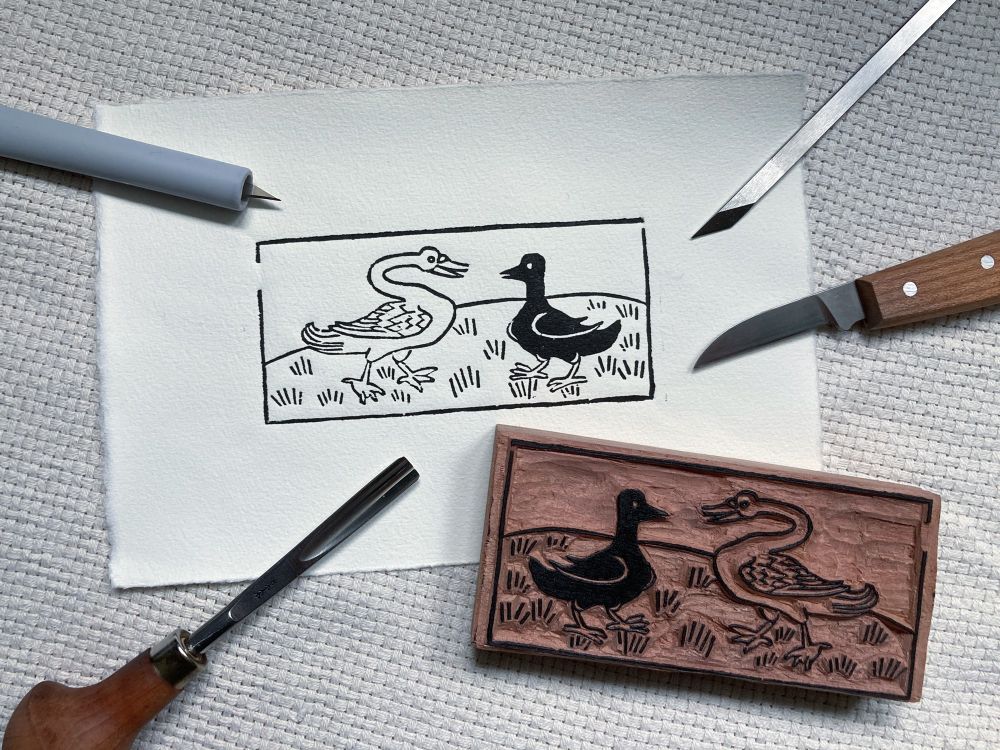
A photo featuring a woodblock and a printed impression, together with the used tools for cutting, including three kinds of knives and a gouge.
This block was for an event at the National Library of the Netherlands (KB) back in February. Finally able to finish it!
Image Source: Dialogus Creatorum/Twespraec der creaturen (Gouda: Gerard Leeu 1481[?]).
#renaissancewoodcutting #woodcut #woodblock #blockprinting #printmaking #reliefprinting
29.03.2025 12:28 — 👍 16 🔁 1 💬 1 📌 0
Fellowship | Thijssen-Schoute Stichting
The Dr. C. Louise Thijssen-Schoute Stichting promotes the study of the history of ideas, especially that of the seventeenth century. The foundation helps fund scholarly publications and conferences…
The first Thijssen-Schoute fellowship is open to advanced doctoral students and recent doctorated. This new fellowship is an initiative of the Huygens Institute and the Dr C. Louise Thijssen-Schoute Foundation. Apply by 15 May 2025. More information 👉
12.03.2025 10:00 — 👍 2 🔁 4 💬 1 📌 0
Yes! I was able to also work with a Leeuwenhoek microscope. Fascinating devices.
08.03.2025 09:10 — 👍 1 🔁 0 💬 0 📌 0
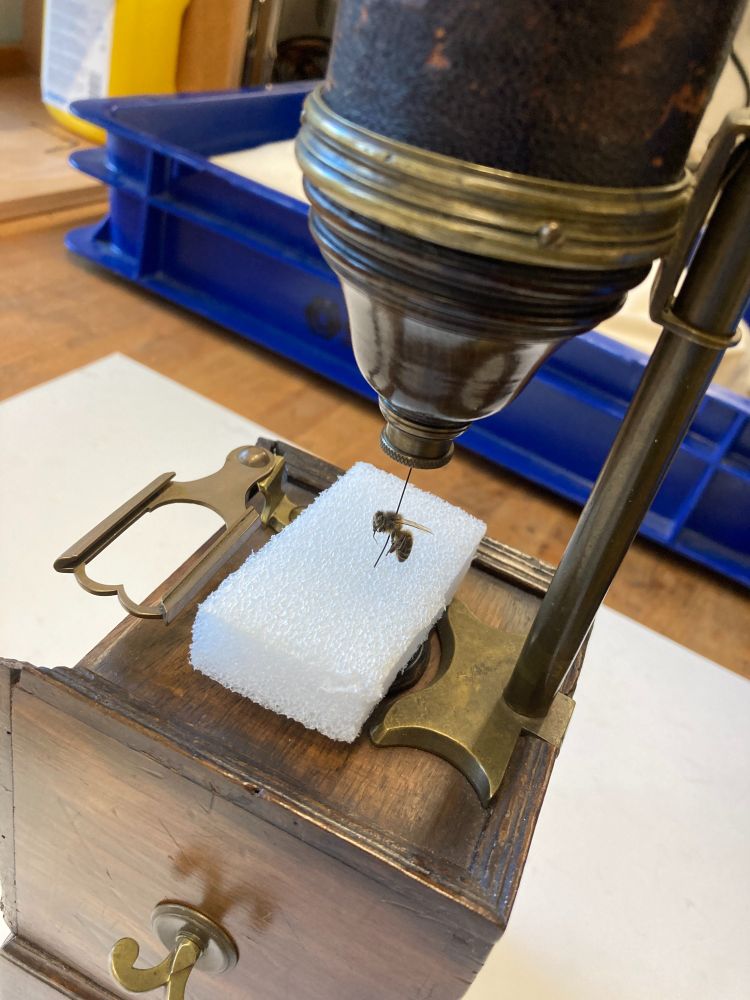
Photo showing a dead bee pinned under an 18th-century microscope for scientific observation and microscopic research.
Test run of working w/ #EarlyModern #microscopes at the Museum Boerhaave for a new article I'm starting! A big part of #visualizingtheunknown is to better understand what early microscopists saw & the encountered challenges by redoing their observations. Back for more observations soon. #histsci
06.03.2025 16:38 — 👍 15 🔁 3 💬 2 📌 0
Thanks, Sara!
05.03.2025 13:49 — 👍 1 🔁 0 💬 0 📌 0

Photo of the book cover for Embodied Experiences of Making in Early Modern Europe.
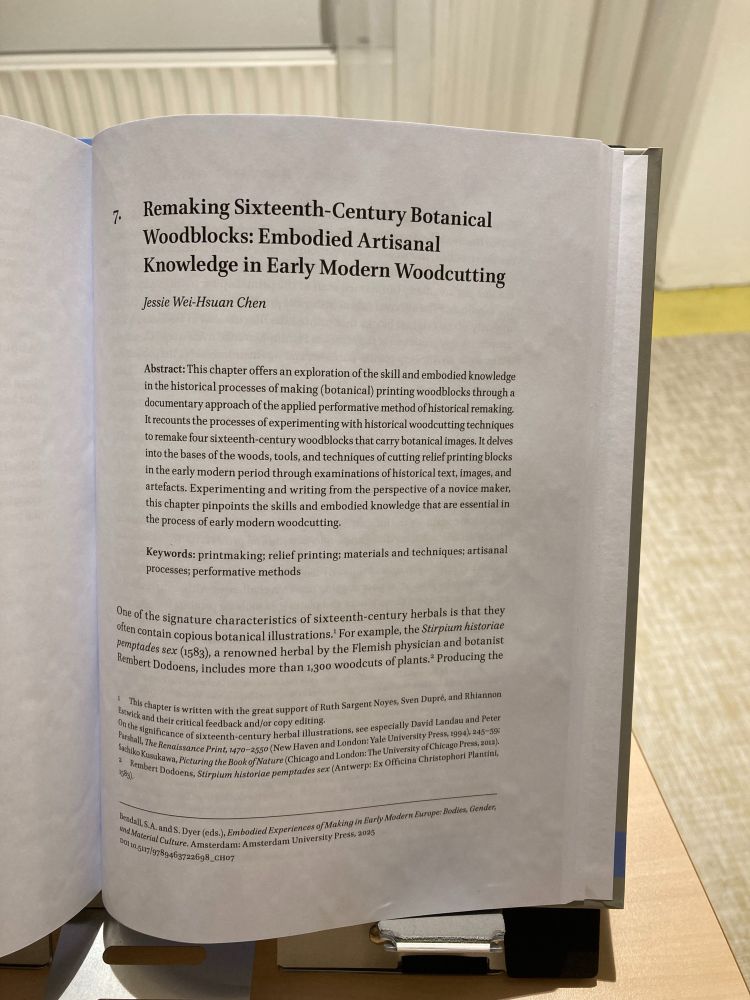
Photo of the first page of chapter 7, titled "Remaking Sixteenth-Century Botanical Woodblocks: Embodied Artisanal Knowledge in Early Modern Woodcutting."
Received my copy two weeks ago but only able to open the parcel now! Exciting book edited by @sarahabendall.bsky.social and @serenadyer.bsky.social.
More info: www.aup.nl/en/book/9789...
Get 20% off with discount code “AUP20”, valid until 31 March 2025.
05.03.2025 13:45 — 👍 15 🔁 6 💬 2 📌 0
Podcast over hoger onderwijs, in het kader van de bezuinigingen.
Vier afleveringen nu te beluisteren. Meest recente over: academische vrijheid.
https://open.spotify.com/episode/5POYz4lMvIG0RNzCX1HA2o?si=XxrAtIb_Q1WKrdGa6Z3Vpg
Hier lees je verhalen van historici over hun onderzoek. Dit is een wisselaccount. Dus steeds een nieuwe historicus en nieuw onderwerp!
Nu even zomerstop: in september zijn we weer terug ☀️
Ook posten? Stuur een berichtje naar: @annepetterson.bsky.social
(Geo)Botanist | Natural History Collection | Herbarium & Data Curation | Collection Management | Flora, Funga & Vegetation of Chile 🌿🍄🌾🌵
Part Time: Senior Stickers Curator
https://linktr.ee/novoa_sepulveda
Curator of Dutch and Flemish Art at the National Gallery of Ireland
Insta: Lizzie.S.Marx
New here. Fledgling historian studying Early Modern British health and culture. Reposting = commonplacing. Obstinate headstrong girl.
Visual Culture & Human-Animal History - SSHRC Postdoc Fellow at Trent Uni 🇨🇦 Writing a media history of bird conservation in N America.
Previously on the
https://moving-animals.nl project
Historical linguist | Northumbrian in the Netherlands | Writes about connections between Britain and its North Sea neighbours
Website: https://hannahmarybooth.com
Substack: https://northseanexus.substack.com
Historian of modern American medicine and disability
Department of Historical Studies, University of Bristol
https://research-information.bris.ac.uk/en/persons/stephen-e-mawdsley
Historian of science and medicine. Assistant Professor at the University of Padua | Book Review Editor at Nuncius Journal @degruyter_brill
Researching intellectual property and plants, food, and agriculture 🌿
Lecturer at Queen's University Belfast
🏳️🌈 she / her
Research Scientist 🌾 Adj Professor
Scicomm 🌾 Env/Sci History 🌾 Comics
history, plants, & goldenrod 🌾🏳️🌈🌾
https://liz.kozik.net
she/her
@negauneeinstitute.bsky.social 🌿 Chicago Botanic Garden 🌿
https://rethinkinglawns.com
DFG- & AHRC-funded project researching early modern how-to books and the histories of knowledge, science and the book 📖
Based at Herzog August Bibliothek Wolfenbüttel and Glasgow University 🇩🇪🤝🏴 Check out our website: howtobook.eu/
The Biodiversity Heritage Library provides free & #OpenAccess to 63+ million pages of #biodiversity literature online. 🔗 biodiversitylibrary.org
Historian of early modern #4B Catholic women, especially their patronage of art & architecture. Mostly Southern Low Countries. Former Assoc Prof of Art History. GC 🦖.
Research: https://tinyurl.com/4aztydks
Scholarly editing: www.SJMoranEditing.com
historian of the early modern world | Assistant Professor
@Utrecht University | JRF @Trinity College Cambridge | PhD @ Princeton U | animal lover + cocktail enthusiast
Artist & PhD candidate / Early modern history / History of sciences | it’s all about Roots 🌱Plants 🌿 Potager 🥕 Books | Compte perso
Botanist interested in plant-plant and plant-human relationships; museum, garden, and library collections; climate change and cities.
Brazilian. She/Ela
https://www.luizateixeira-costa.com/
📚 🌱 🌈
Entomologist specializing in parasitoid wasps and dark taxa. Leiden, Netherlands.







